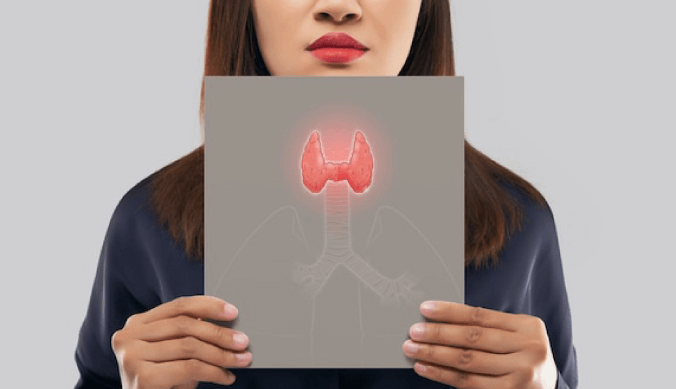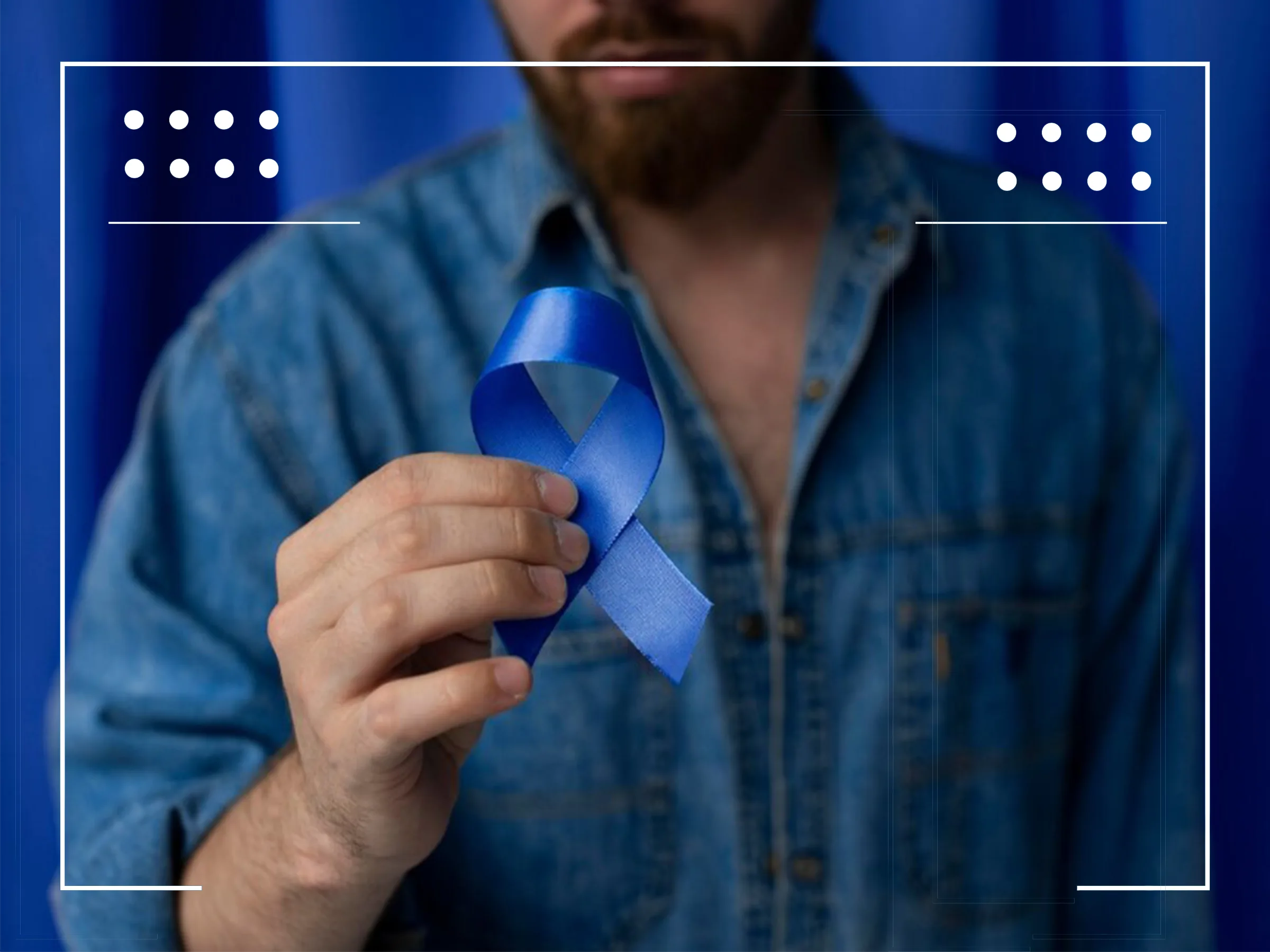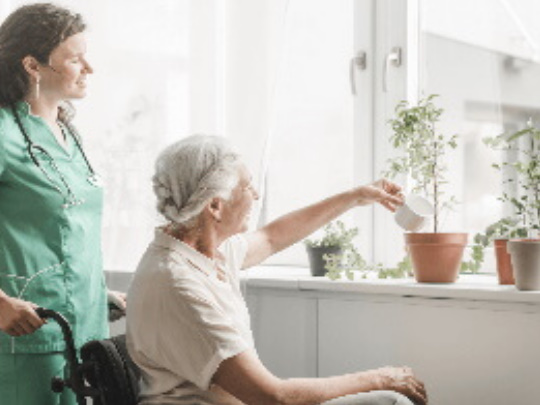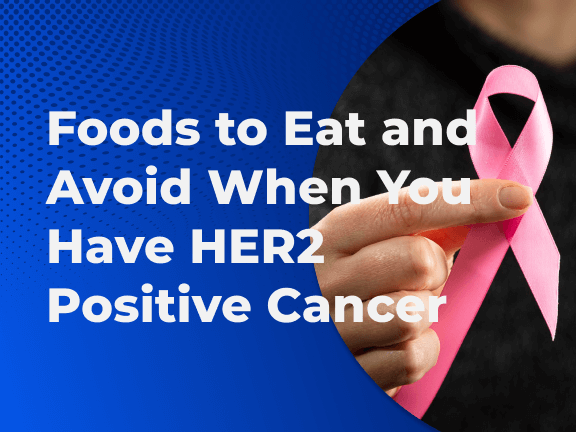Things to Know About Relapsed or Refractory Diffuse Large B-Cell Lymphoma
Diffuse Large B-Cell Lymphoma (DLBCL) is an aggressive form of non-Hodgkin’s lymphoma, a common blood cancer that starts in the lymph nodes and can spread throughout the rest of the body. Treatment for DLBCL depends on various factors. Lymphoma is a type of blood cancer that attacks the lymphatic tissue and affects lymphocytes, also known as white blood cells. NHL represents 85 percent of all lymphoma cases in the United States, and DLBCL is the most common type of NHL.
What Is Refractory Diffuse Large B-Cell Lymphoma?

Refractory refers to DLBCL that does not respond to the first treatment used, or the cancer becomes resistant to the treatment. Because the cancer cells continue to grow despite being treated, more intensive therapies or drugs are needed.
Most patients respond to the first-line treatment after a DLBCL diagnosis. Patients may need additional treatment if the lymphoma has reduced but is not completely gone, also known as a partial response, or if the lymphoma did not respond at all.
What Is the Difference Between Relapsed and Refractory?
Relapsed refers to DLBCL that has reappeared after the disease was previously declared in remission. Whereas refractory DLBCL is resistant to first-line treatment, relapsed DLBCL had a complete response to the first-line treatment.
What Percentage of DLBCL is Refractory?
According to a study from the National Cancer Institute (NCI), up to 50 percent of DLBCL cases become refractory or relapse after treatment. This rate depends on several factors such as stage of disease at diagnosis and the first-line treatment used.
What Is the Cure Rate for DLBCL?
It is believed that two thirds of all patients can be cured if diagnosed and treated properly. It is difficult to calculate the exact cure rate for DLBCL considering many patients go into remission and then relapse at some point. Additionally, the 5-year survival rate in first-line treatments is between 60 and 70 and percent.
This rate has been increasing due to DLBCL clinical trials with new drugs being developed specifically for DLBCL that is refractory or has relapsed.
How Often Does DLBCL Relapse?
Relapsed DLBCL can happen at different points for each patient, sometimes after a few months or a few years. The likelihood of the cancer relapsing decreases as time goes on. The risk of relapsing varies for each individual and should be discussed with your doctor based on the treatments you received, stage of disease, how long you have been in remission, and more.
Treatment for DLBCL is usually successful but doctors continue to research treatments that are more effective and have less side effects. Current research in clinical trials focuses on targeted drugs, including:
- Antibody-drug conjugates
- Cell signal blockers
- Newer antibodies targeting CD20
- Checkpoint inhibitors
How Is Refractory DLBCL Treated?

For refractory or relapsed lymphoma patients are given a salvage treatment, which consists of additional chemo-immunotherapy and radiotherapy if local symptoms are present. Salvage treatment aims to kill as many lymphoma cells as possible. The most used combinations of treatments include:
- R-GDP – rituximab with gemcitabine, dexamethasone, and cisplatin (also known as Platinol®)
- R-DHAP – rituximab with dexamethasone, high-dose cytarabine (also known Ara-C) and cisplatin (also known as Platinol®)
- R-ICE – rituximab with ifosfamide, carboplatin and etoposide
For patients who are healthy enough, they will be given a stem cell transplant to potentially reach long-term remission. The lymphoma needs to have at least a partial response to salvage treatment to be a candidate for a stem cell transplant. Autologous stem cell transplants are used, which involves collecting the patient’s stem cells before salvage therapy and injecting them during the transplant. In rare cases, a donor’s stem cells are needed (allogenic stem cell transplant) if doctors are unable to collect enough of your stem cells, or an autologous stem cell transplant is performed and the lymphoma relapses.
For patients who are ineligible for a stem cell transplant will be given a chemotherapy drug, rituximab, and polatuzumab vedotin, an antibody-drug conjugate. This type of drug combines an anti-cancer drug and antibody to stick to proteins on the surface of cancer cells. The drug then kills the cell.
DLBCL Clinical trials are also available for DLBCL patients who are ineligible for stem cell transplants. New targeted drugs are being developed and doctors may suggest for patients to enroll if their lymphoma does not respond to standard treatments. In 2020, The Food and Drug Administration (FDA) approved selinexor (XPOVIO) to treat relapsed or refractory DLBCL, after at least two lines of therapy.
If DLBCL relapses after two or more lines of treatment, more intensive treatment including a chemotherapy drug, pixantrone, or Car T-cell therapy will be used. T-cells will be genetically modified to identify and target lymphoma cells. Both treatment options have side effects and are only considered for patients fit enough.
When Does DLBCL Relapse Occur?
Most DLBCL patients who relapse after being in remission will occur within 2 years after completing the first line of treatment. The relapse often occurs after induction treatment is complete and the patient is considered in remission because lymphoma cells are not present in tests. However, very small amounts of lymphoma traces can be left in the body after treatment is complete, which leads to a relapse once the lymphoma cells start growing and spreading throughout the body. After 2 years, if a relapse hasn’t occurred, the risk decreases dramatically.
Sources:













